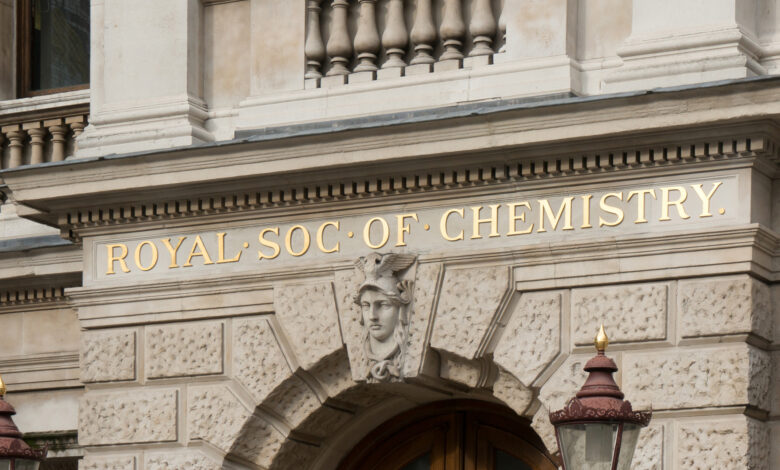Women in Science – a historical perspective

[ad_1]
The examples I chose (I was spoiled for choice) are not confined to women working in chemistry, but also include a palaeontologist, mathematician, marine biologist and astrophysicist; science does not have any absolute boundaries. I learned a great deal whilst researching this article. The lives and achievements of these women are inspiring and I hope that young women who read about them may themselves be inspired to consider a career in science as they begin to think about their future.
Women have made many truly significant and often dramatic contributions to science. Equally dramatic is the way in which the success of women in science increased during the 20th century. Based on a listing, from authoritative sources, of all scientists, irrespective of nationality, who have made game-changing advances throughout history, women account for less than 7% of the total. However, if the calculation is repeated for scientists born since 1900, almost 20% are women. I have no doubt that this very encouraging trend will continue.
Many obstacles have been placed before women in science over the years, although occasionally a source of encouragement and practical help intervened on their behalf.
Consider the case of Agnes Pockels (1862–1935). Agnes had been interested in science since childhood and wanted to study physics. However, she had no access to universities and could only find information from scientific literature through her younger brother, a student of the University of Göttingen. A single woman, Agnes looked after her sick parents at their home in Germany. She carried out the household chores, and, whilst washing up, she noticed the effects of oils, soaps and other household chemicals (today we would call them surfactants) on the surface tension of water.
Agnes devised an apparatus with which she could measure surface tension and in 1891, with the help of Lord Rayleigh (an eminent English scientist), published her first research paper, Surface Tension, in the journal Nature. Agnes continued to study surface phenomena and published several more scientific papers. She received the Laura Leonard award from the Colloid Society in 1931 and was granted an honorary PhD by the Braunschweig University of Technology. From washing up to becoming a recognised pioneer in the new field of surface science – quite a triumph!
In the 1930s, many women seeking to pursue a career in science had to endure inconveniences, restrictions and even humiliation compared with, and sometimes from, their male counterparts, a situation that sometimes continues to be an issue in the present day. I commend you to read the brilliant and moving biography of Rosalind Franklin by Brenda Maddox (published by Harper Collins) to gain an insight into some of these issues, as well as to learn the full inspiring story of an amazing life.
Many aspects of society changed during the second half of the 20th century, including attitudes toward women scientists. Obstacles based on outdated traditions, culture and outright prejudice began to disappear.
Women’s contributions to science encompass mathematics, physics, chemistry, biology, biochemistry, astrophysics, palaeontology, embryology, medicine, nuclear science, archaeology, anthropology, psychology and environmental science (this list is far from exhaustive). And what magnificent achievements, what dedication, what outstanding ability have been demonstrated by women in science.
Even so, a recurrent theme has been that some women have not received the recognition and honours that their work deserved. I am very glad to venture the opinion that this is now no longer the case for women in science. Indeed, I firmly believe that science is an area where there can, and must, be true equality.
I want now to tell you a little about some of the women who have achieved at the highest level in science. However, this is not, in any way, to devalue the enormous contribution made by women, past and present, working in all aspects of scientific endeavour, whose names do not appear in rolls of honour; their work is equally essential.
I have chosen six women, a very difficult task because I was spoiled for choice, and very many equally eminent women scientists have not been included. This is because I have tried to select on the following criteria:
- Examples of women scientists from early to modern times
- Significance of achievement
- Illustrating the vast diversity of fields of research and discovery
- The real drama, excitement and astonishing discovery of science
- Direct relevance to our world and lives
Because this is a brief article, I have included only one example in any particular field of science.
[ad_2]
Read More



